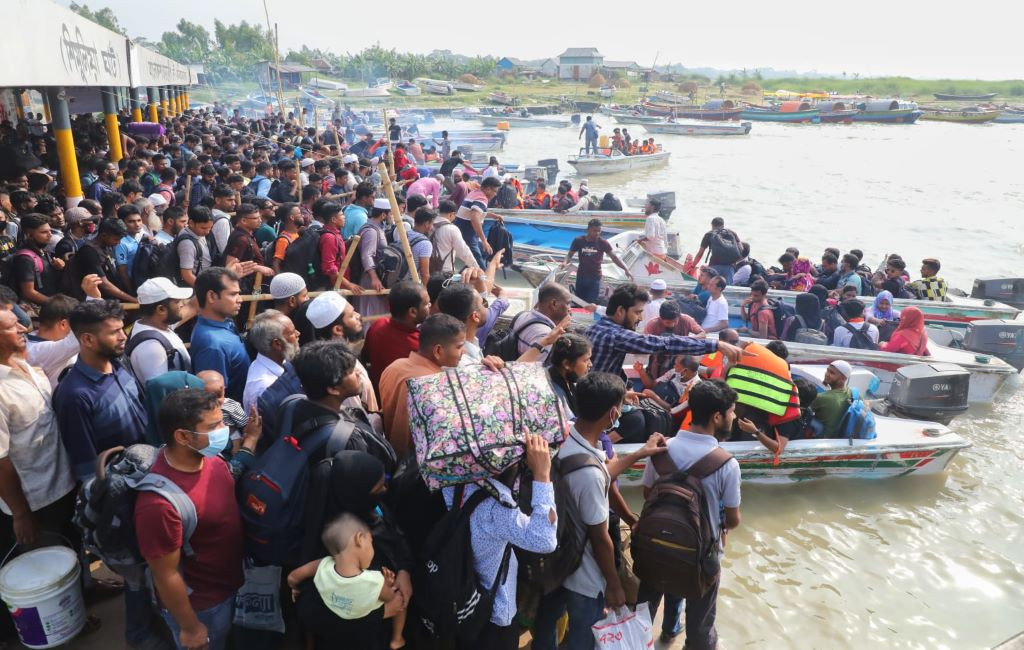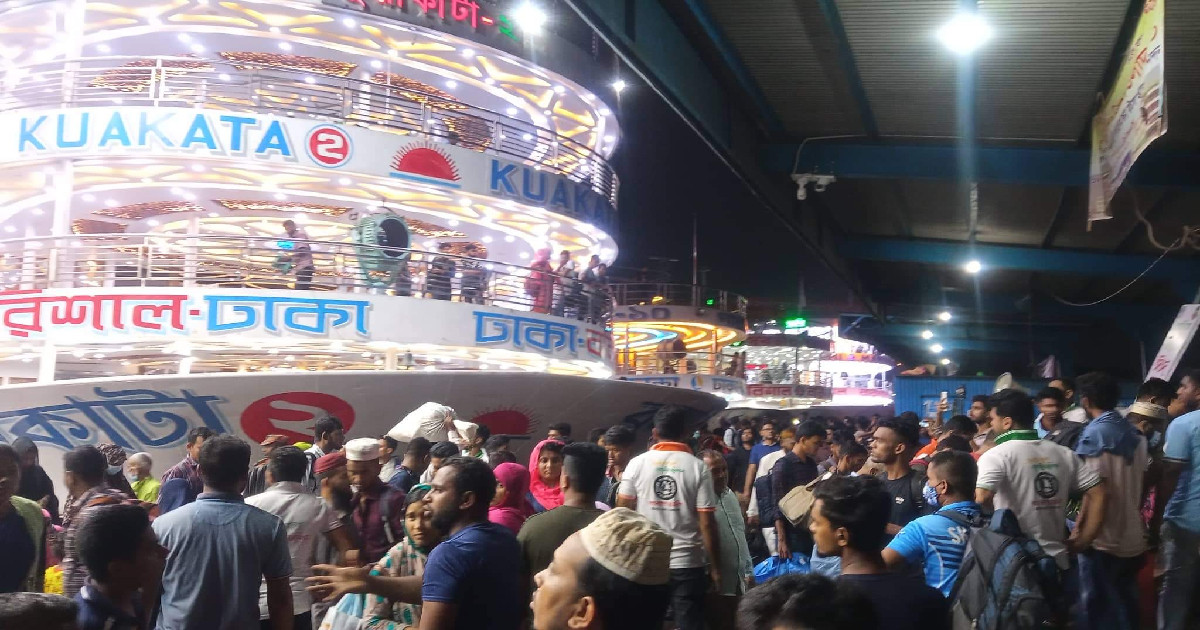- 2021-07-11 06:21:12
- LAST MODIFIED: 2025-12-05 19:38:47
CPD dialogue calls for ensuring workplace safety at factories

Staff Correspondent: Dhaka, July-11,
A total of 222 garment factories across the country, of which 66% are export-oriented—have confronted fire incidents during 2020.
Centre for Policy Dialogue (CPD), a social think-tank, found this in its latest study that also revealed that the number of injured workers in factory-related accidents increased by almost 24% in 2020 compared to that of 2019.
CPD Research Director Dr. Khondaker Golam Moazzem disclosed the findings on Sunday while presenting the study report at a virtual dialogue on “Challenges of Industrial Safety in the Post-Accord-Alliance Era: Is the Institutionalisation Process Slowing Down?”
The virtual seminar, jointly organized by the CPD and Friedrich-Ebert-Stiftung (FES) Bangladesh, was also addressed by CPD Chairman Dr Rehman Siobhan, organisation’s distinguished fellow Prof Mustafizur Rahman, Executive Director Dr Fahmida Khatun, President of Bangladesh Garment Manufacturers and Exporters Association (BGMEA) President Faruque Hassan, President of Bangladesh Knitwear Manufacturers and Exporter Association (BKMEA) Vice President Mohammad Hatem, Inspector General of Department of Inspection for Factories and Establishment (DIFE) Md Nasir Uddin, Chief Technical Advisor of International Labour Organisation (ILO) George Faller, garment labour leaders Babul Aktar, China Rahman and Executive Director of Karmajibi Nabi Sanjida Sultana, and Brac official Jenefa Jabber.
Treasurer of CPD Board of Trustee and Apex Group CE0 Syed Monzur Elahi moderated the function.
Dr. Moazzem said the issue of workplace safety in the RMG sector has come to public attention in recent times with the rise in industrial accidents in garment and allied factories.
He said the rising number of accidents raises questions about the effectiveness of the institutional process followed for maintaining industrial safety in the post-Accord-Alliance period.
He also claimed that the number of incidences increased by 100% in FY2020 compared to that in FY2019 followed by a decline of 20 per cent in FY2021 (up to April 2021).
“Accidents took place for different reasons such as fire, short circuit, structural collapse, boiler explosion and so on”, he said adding the incidences of fire and electrical (short-circuit) were the main reasons (35% of total incidences).
Citing the example of the latest fires incident at Sezan Juice Industries at Rupganj, this has been an eye-opener for all concerned stakeholders that it puts extra importance to look at the working environment at other industrial sectors besides the garment industries.
Dr Rehman Sobhan said now the time has come to pay attention to the improvement of the working environment in other industries as well for the sake of ensuring workers’ safety.
Speakers from garment workers’ leaders blamed the lack of the government’s proper monitoring for growing incidents of fire and other accidents for which the workers are being the main victims.
“We’ve been hearing the same statement from the Department of Inspection for Factories and Establishment (DIFE) in last eight years since the Rana Plaza Disaster in 2013 that it has no adequate manpower to monitor industries“, said China Rahman.
Citing the fire incident at Sezan Juice Factory in Rupganj that killed 52 workers, she said during the incident, gates were locked up although there was a strict directive that no gate of the factory can be locked during working hours.
Babul Aktar said the primary responsibility of any industry should go to the factory owners first and then to the government.
He said always the DIFE shows the lame excuse of manpower shortage for its failure to do its duty.
Inspector General of DIFE said the department has a sanctioned post of 993 while inspectors’ post is 575 and now only 314 inspectors are working against those posts to oversee over registered 90,000 factories and 440,000 non-registered factories.
End/Mo/Dc/










